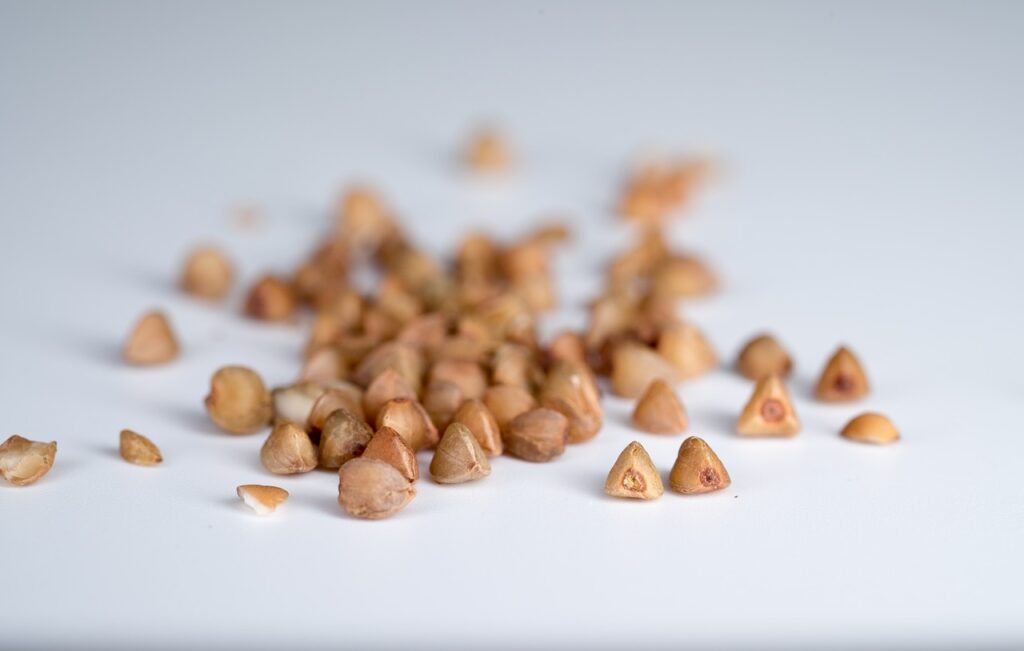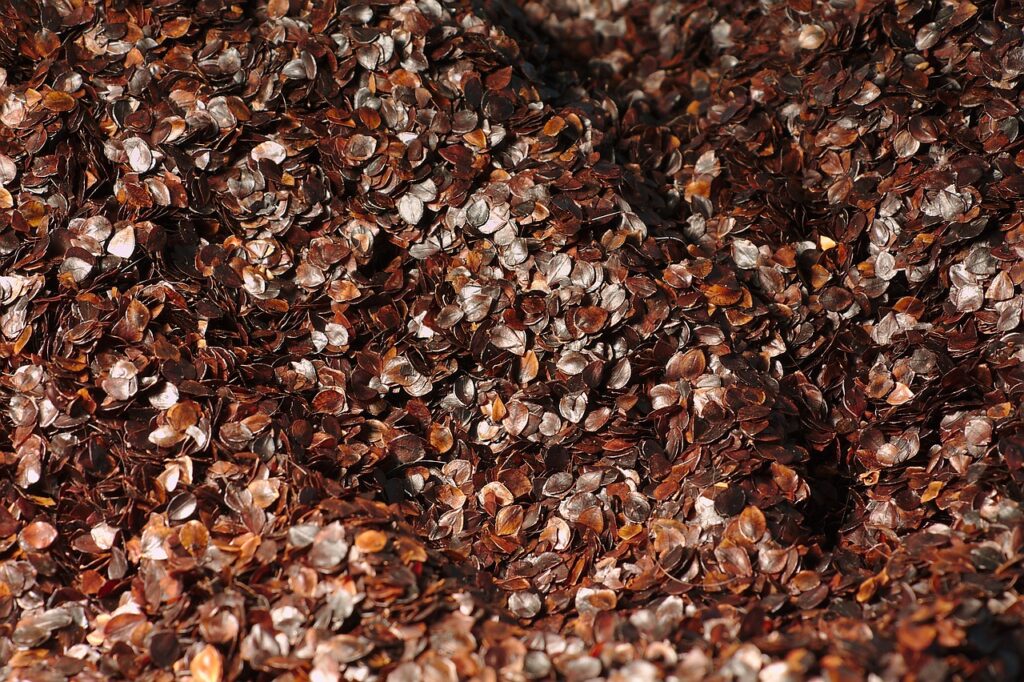Turns out there’s such a thing as a right or wrong pillow! A pillow is not a great fit for its user if it’s not fully adjusted to meet their very specific needs. On the other hand, a pillow is believed to be well-suited if they work well for the user by giving them the high-quality rest they deserve.
We all have different ‘default’ sleeping positions and conditions for sleeping comfort. For example, some people may feel too hot when they’re sleeping, affecting their overall sleep quality. For others, because of their resting position, they’re required to use either a high or very thin pillow. Those are only a few among the possible instances wherein a user may need a tailor-fit solution.
Then, how can just one pillow serve its usefulness to almost everyone with their varied needs and challenges? For starters, it’ll have to be as adjustable as possible to accommodate its user’s preferences. And in that regard, it seems no other pillow does it better than the Sobakawa pillow.
What Is The Sobakawa Pillow
The word Sobakawa comes from the Japanese word ‘soba,’ which means buckwheat. So, although the ‘kawa’ in Sobakawa means leather, the full word itself refers to the hulls of buckwheat.
The buckwheat seed can be used for various purposes after being ground into tiny bits, including making noodles. However, it’s not the seed that’s used in making the prized Sobakawa pillow itself. Instead, it’s the hulls that remain after removing the seed that is utilized. The hulls are usually put in organic pillowcases such as cotton and silk to create a finished and ready-to-use pillow product consumers can enjoy.

Why You Need A Sobakawa Pillow In Your Bedroom
There are several reasons why a Sobakawa pillow is a must-have for most bedrooms, here are just some of them:
1. They’re Known To Be Breathable
The hulls in a buckwheat pillow are said to be pressure resistant. This means that the weight of your head or body will not prohibit airflow inside the pillow. When you sleep on it, a Sobakawa pillow will simply mold itself to a new shape that’d accommodate and properly support your head and neck.
This not only ensures consistent support through the night even as you change sleeping postures, but the free airflow makes for a very cool sleeping surface, which will no doubt improve the quality of sleep for most people.
To find out more about Sobakawa pillows, you can view different resources online, such as this YouTube video and others.
2. This Pillow Doesn’t Have Unpleasant Odors
Because it’s organic and hasn’t gone through any chemical processes, Buckwheat doesn’t come with unpleasant or strong odors like some synthetic pillows might have.
After the de-hulling process, buckwheat hulls typically have an earthy scent, but this smell is greatly minimized as soon as they are washed. Therefore, your sleep won’t get disturbed by any possible smelly chemical odors.
3. Sobakawa Hulls Are Hypoallergenic
If you have an allergy, it’s only natural that you’re going to be careful with the type of pillow you sleep on.
Buckwheat pillows are made from material that is believed to repel bugs that you might be allergic to. Hence, most people with allergies will find a Sobakawa pillow both safe and comfortable.

4. They’re Easily Adjustable To Meet Different Sleeping Needs
The quality of your sleep and part of your general health may depend on your ability to achieve proper cervical alignment while you’re asleep. To achieve this, it’s said that your head, neck, shoulders, spine, and rest of the body should be in total alignment. This is believed to avert various health and sleep quality issues.
A Sobakawa pillow can adapt to its user’s different sleeping positions without any fuss.
For side sleepers, it’s able to bridge the gap between the shoulder and the neck to ensure good sleeping posture, while to the back sleeper who needs a thin pillow that makes sure their head, shoulders, and neck are in perfect alignment is also able to provide that. This is because Sobakawa pillows come with openings to allow the hulls to be taken in and out, depending on whether you’ll need a high or low pillow elevation.
If you find your current pillow isn’t solving your sleeping problems, it might a good time to research and try other methods.
5. Buckwheat Pillows Are Regarded As Low Maintenance
Unlike some pillows, once you buy a Sobakawa pillow, you can maintain it at its optimal quality without professional help by properly cleaning it. All you’ll have to do is empty the pillowcase of all its content hulls and wash it separately. Then, add them back in once the case is clean and dry.
After some regular use, the buckwheat might become a little damp, and you’ll need to airdry it a little bit before putting it back after washing the pillowcase.
Also, you will need to replace your pillow filler anytime soon as buckwheat pillows are regarded as very durable. However, you’ll not need to break the bank when you need a new filler. Buckwheat is among the most inexpensive organic pillow fillers there is.
6. Future Disposal Is No Hassle, and They’re Environmentally Friendly
Committing to buy only the most nature-friendly products on the market is said to be one of the best choices you could make. And if you’re worried about your environmental footprint, buckwheat is the way to go in terms of pillows.
They’re said to be biodegradable, so when you eventually need to throw them out, you can do so without causing any harm to the environment.
Conclusion
There are several key reasons why the Sobakawa pillow is regarded as one of the best pillows you can buy and use for yourself. A key quality about a Sobakawa or buckwheat pillow is that it’s able to adjust to meet the different needs of its user.
On top of that, it has various purported other health and functional benefits that set it apart from most of its synthetic alternatives in the market. When you look at all that a Sobakawa pillow has to offer, you’ll see that synthetic isn’t a real alternative after all.
Featured Photo by Ketut Subiyanto from Pexels
